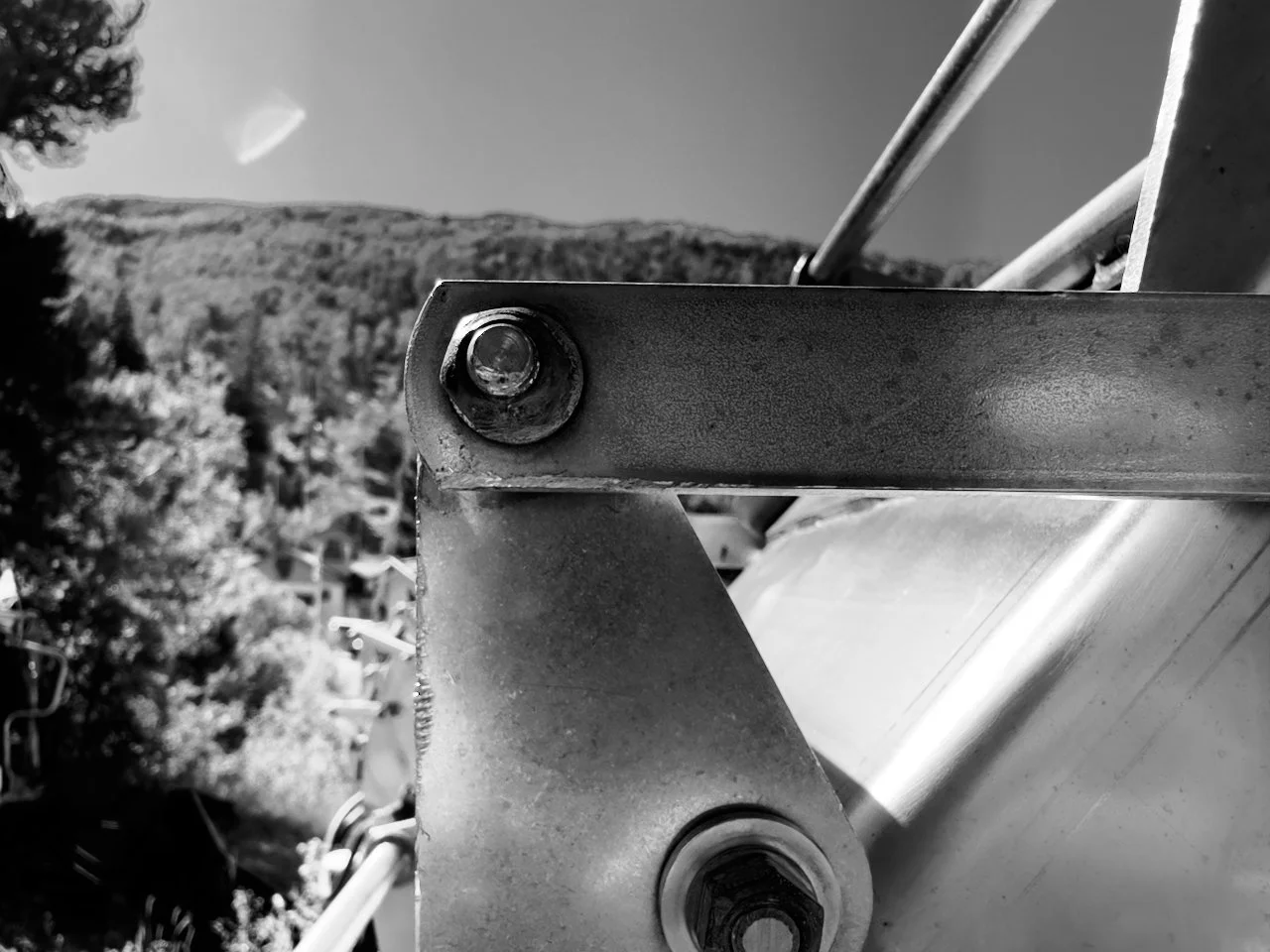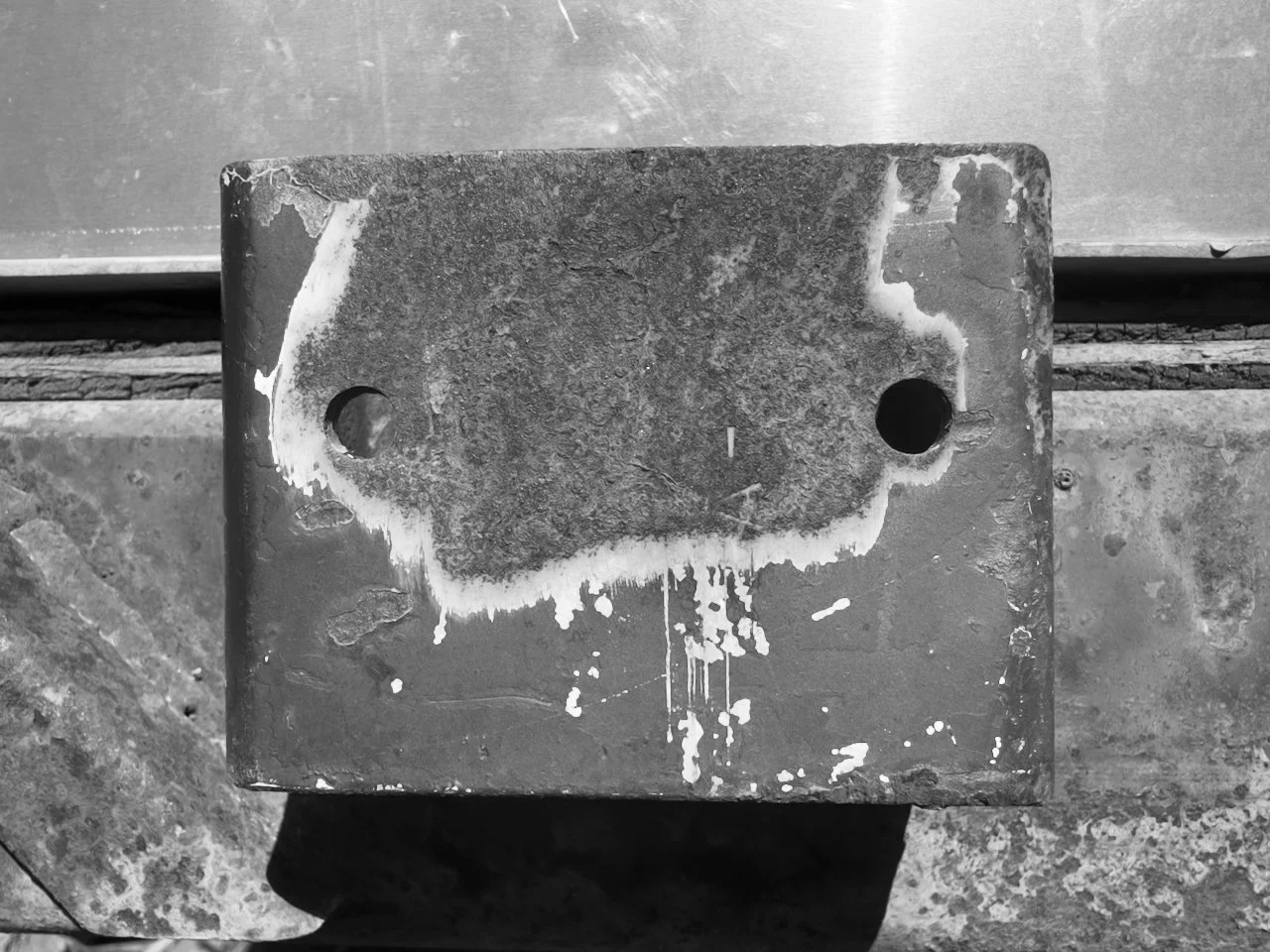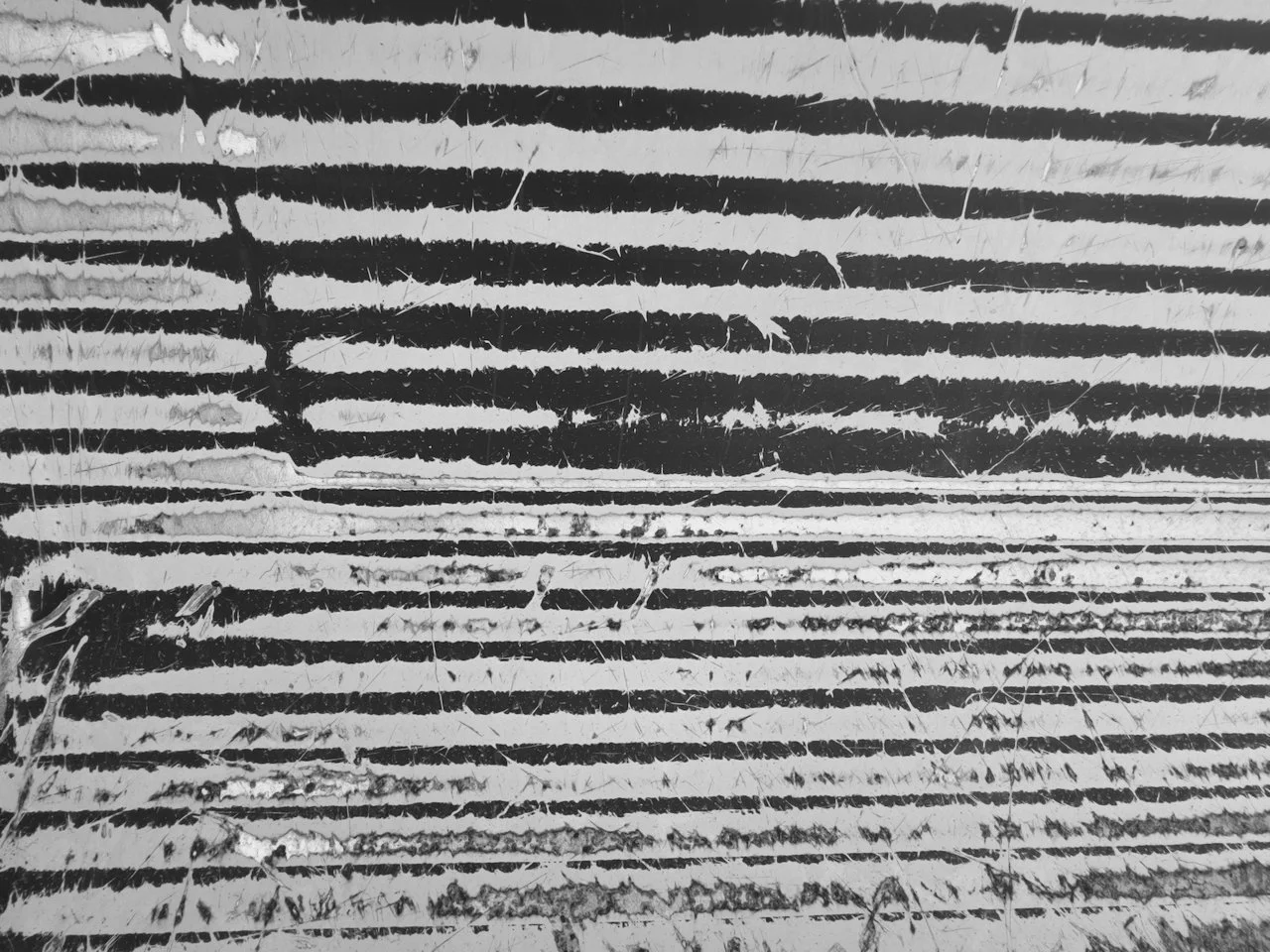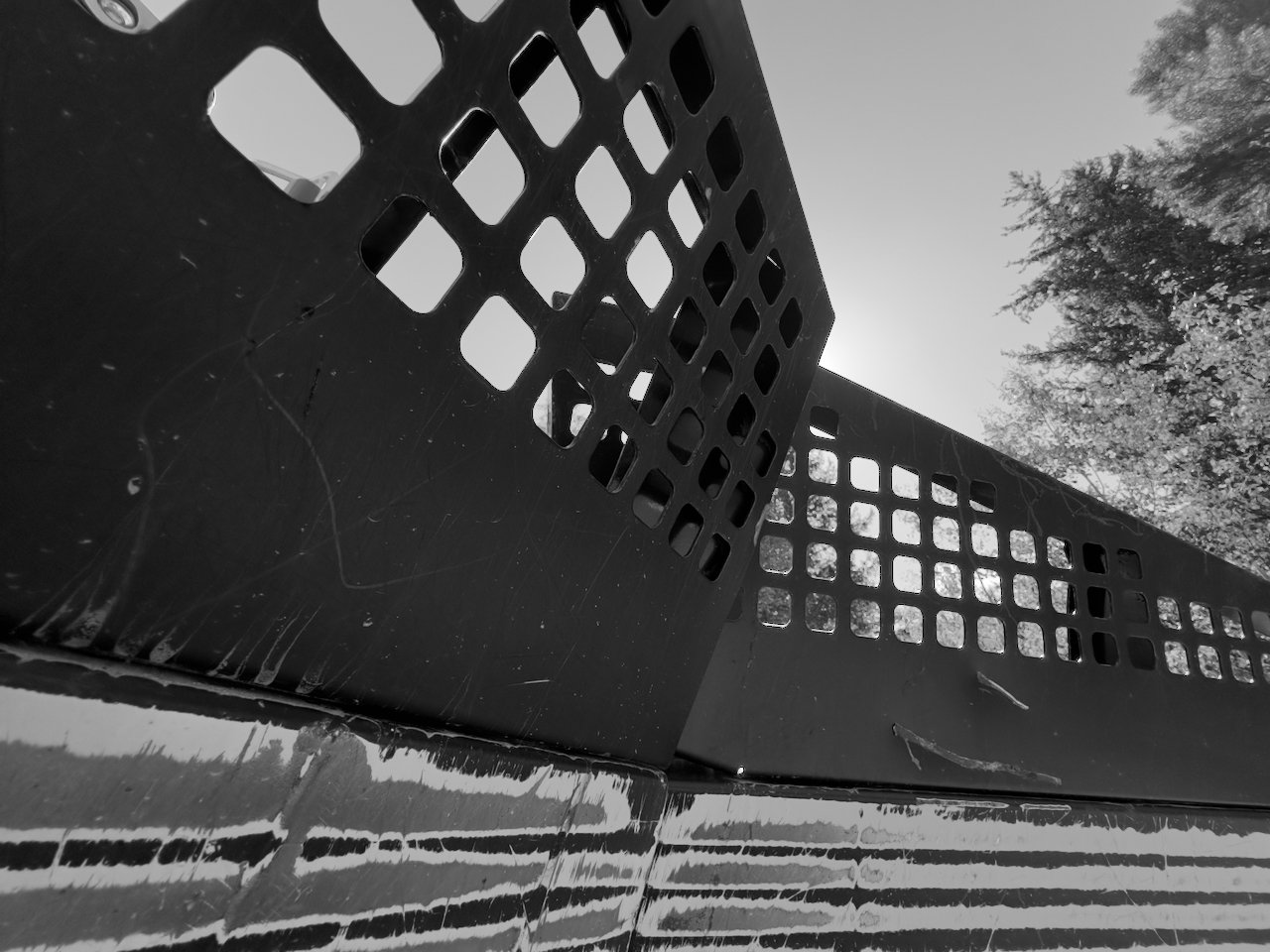Reframing Anxiety’s Thinking Traps Through Mindful Photography
In my continuing de-cluttering of my Apple Notes, and I found something amazing—buried under grocery lists, half-finished ideas, and things I meant to read later but never did. It was an old note about thinking traps—those sneaky little tricks anxiety plays on us that make everything seem worse than it actually is.
I must have written it about ten years ago, back when I was deep into learning about cognitive behavioral therapy (CBT) and dialectical behavioral therapy (DBT). And as I read through it, I had two thoughts:
Wow, past me was onto something!
I still fall into these traps ALL THE TIME.
But this time, something clicked differently. As I was reading through the list of thinking traps—mind reading, catastrophizing, all-or-nothing thinking—I realized that these distortions are a lot like bad photography. The way anxiety distorts reality is the same way a bad camera angle, poor lighting, or the wrong focus can turn a perfectly good scene into something completely misleading.
And then it hit me: What if mindful photography wasn’t just a creative practice, but an actual tool to challenge these thinking traps in real-time?
So, let’s break it down. First, we’ll talk about these sneaky thinking traps (because awareness is half the battle), and then we’ll explore how photography—when used mindfully—can help us step back, reframe, and see reality more clearly.
What Are Thinking Traps? (Or, How Anxiety Lies to You in 4K Resolution)
Thinking traps are the mental equivalent of a fisheye lens—they exaggerate, distort, and twist reality into something that feels much scarier than it actually is. They make you think you’re responding to a real threat, but really, it’s just a badly processed image in your brain.
Here are some of the most common thinking traps and how they work:
1. Mind Reading – “I Know Exactly What They’re Thinking”
The Trap: You assume you know what other people are thinking—usually that they’re judging you.
Example: “She thinks I’m boring.”
Reality Check: Unless you’ve developed superpowers, you can’t actually read minds.
2. Fortune Telling – “The Future Is Doomed”
The Trap: You predict something will go badly before it even happens.
Example: “This trip will be a disaster.”
Reality Check: The future is uncertain, but that means it could be amazing, too.
3. Catastrophizing – “Everything Is a Disaster”
The Trap: You assume the worst possible outcome and act as if it’s inevitable.
Example: “If I mess up my YouTube video, my entire career is over.”
Reality Check: Making a mistake is uncomfortable, but not the end of the world.
4. All-or-Nothing Thinking – “If It’s Not Perfect, It’s Worthless”
The Trap: You see things in black and white—either success or total failure.
Example: “I missed my morning walk, so my whole day is ruined.”
Reality Check: Life happens in shades of gray (and sometimes gorgeous golden hour hues).
5. Personalizing – “It’s All My Fault”
The Trap: You believe you are solely responsible for bad events.
Example: “They didn’t text me back because I must have done something wrong.”
Reality Check: Other people’s actions are rarely just about you.
6. Negative Filtering – “Only the Bad Stuff Matters”
The Trap: You ignore the positives and focus only on what went wrong.
Example: “I got nine great comments, but that one criticism ruined everything.”
Reality Check: The full picture includes the positives, too.
How Mindful Photography Can Help Reframe These Thinking Traps
Now, here’s where it gets fun—mindful photography is all about reframing. The way you frame a photo changes its meaning. The same scene can look dramatic, peaceful, overwhelming, or hopeful just by shifting angles, adjusting focus, or playing with light.
When anxiety distorts reality, we can use photography as a metaphor—and a real-time practice—to step back and reframe what’s actually happening.
1. Mind Reading → Shoot First, Interpret Later
When we assume we know what people are thinking, we’re acting like bad photographers who slap a filter on before actually seeing the image.
Photography Practice:
Go on a photo walk and take pictures without judging them in the moment.
Later, look at them with fresh eyes—notice things you didn’t see before.
Apply this same patience to real life: Instead of assuming what others think, wait and observe.
Reframe: Just like you can’t judge a photo before reviewing it, you can’t assume you know someone’s thoughts before hearing them.
2. Fortune Telling → Take Multiple Shots
Ever taken a photo expecting it to be bad, only to be surprised later that it turned out great? That’s fortune telling in reverse—our minds love predicting disaster, even when reality has other plans.
Photography Practice:
When you take a photo, shoot multiple frames.
Notice how different angles, lighting, and timing change the outcome.
Remind yourself: Just because one moment looked bad doesn’t mean the next one will.
Reframe: If you wouldn’t delete all your photos before reviewing them, don’t assume the worst about the future before it happens.
3. Catastrophizing → Zoom Out
Ever taken a macro shot so close that the subject looked weird and overwhelming? Anxiety does the same thing—it zooms in too much.
Photography Practice:
Take both close-up and wide-angle shots of the same subject.
Compare how different the same thing looks from various perspectives.
Apply this to your thinking: When anxiety zooms in on one detail, force yourself to “zoom out” and see the bigger picture.
Reframe: The full story is always bigger than the one catastrophic detail.
4. Negative Filtering → Intentionally Capture the Beautiful Moments
If your brain loves focusing on the bad, train it to notice the good—literally.
Photography Practice:
Set a daily challenge: Capture three small beautiful things you would normally overlook.
Review them at the end of the day and remind yourself: There was beauty here, even if I didn’t see it at first.
Reframe: Train your brain like you train your camera—actively look for what’s good.
5. All-or-Nothing Thinking → Accept Imperfections
A blurry photo isn’t a total failure—it might be artistic. The same goes for life.
Photography Practice:
Take a series of “imperfect” photos—motion blur, odd compositions, unusual lighting.
Instead of discarding them, look for unexpected beauty.
Apply this to yourself: Even on an off-day, there’s still something good.
Reframe: Not everything has to be perfect to be valuable.
Final Thoughts: Reframing Anxiety with a Camera
Photography isn’t just about capturing images—it’s about training yourself to see differently. When anxiety distorts your reality, grab your camera and challenge it:
Mind reading? Wait and observe before assuming.
Fortune telling? Take multiple shots—life isn’t set in stone.
Catastrophizing? Zoom out.
Negative filtering? Actively look for what’s good.
All-or-nothing thinking? Embrace imperfections.
When you shift your focus—both literally and mentally—you’ll start to see life more clearly.
So, the next time your thoughts start running wild, take a deep breath, pick up your camera, and remind yourself: You have the power to reframe the picture.
If you found this post helpful, you'll love my book, The Mindful Photography Field Guide: 15 Smartphone Photography Practices for Inner Peace. It’s packed with practical tips and inspiring stories. Ready to dive deeper? I also offer one-on-one mindful photography training to help you master skills that lead to inner peace. Reach out to me via my contact form and let’s connect.
Purchase Book: bit.ly/PurchaseMindfulPhotography
Breakthrough Email: JoeVanWyk.com
Free Practice & Monthly Tips: MindfulPhotography.org






